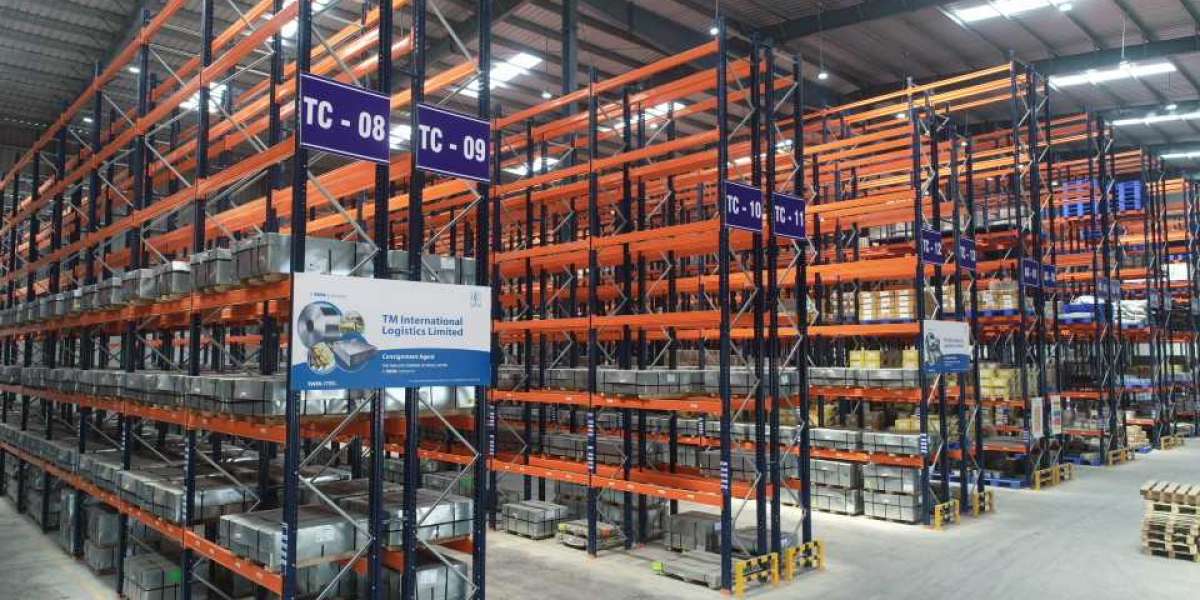Logistics and warehouse management are closely interlinked as the warehouse serves as a key component of the logistics infrastructure. By utilizing advanced warehouse management systems and technologies, companies can improve operational efficiency, reduce cycle times, and enhance inventory accuracy. Warehousing in supply chain management can help in reducing transportation costs by optimizing the routing of products from the warehouse to the destination. This can lead to savings in transportation expenses and increased profitability for the company.
Inventory Management
Warehouse management is crucial for effective inventory management. Proper storage and tracking of inventory levels can help in avoiding stockouts and excess inventory. By having a clear understanding of inventory levels, companies can plan their production and procurement activities more efficiently.
Customer Service
Warehouse management can also impact customer service levels. By having the right products available at the right time, companies can improve their order fulfillment times and meet customer expectations. Additionally, warehouses can be used as a hub for value-added services such as product customization, packaging, and labeling, which can improve customer satisfaction and loyalty.
Security and Safety
Warehouse management also involves ensuring the safety and security of the products stored in the warehouse. This includes implementing safety measures such as fire safety systems, regular maintenance of equipment, and training of personnel in safety procedures. Additionally, security measures such as access controls and surveillance can help prevent theft and damage to products.
Overall, warehousing plays a critical role in the logistics and supply chain management system. By focusing on location optimization, inventory management, customer service, safety and security, and value-added services, companies can improve their order fulfillment times, meet customer expectations, and ultimately enhance their bottom line.

